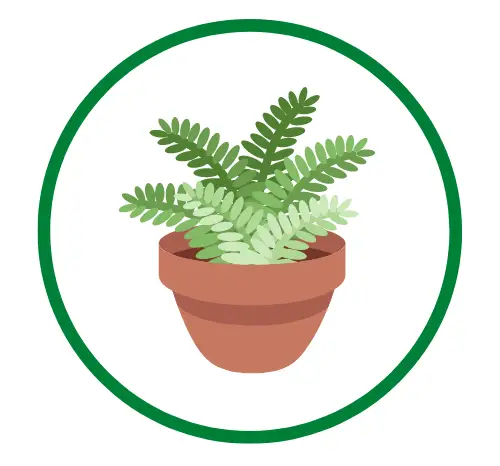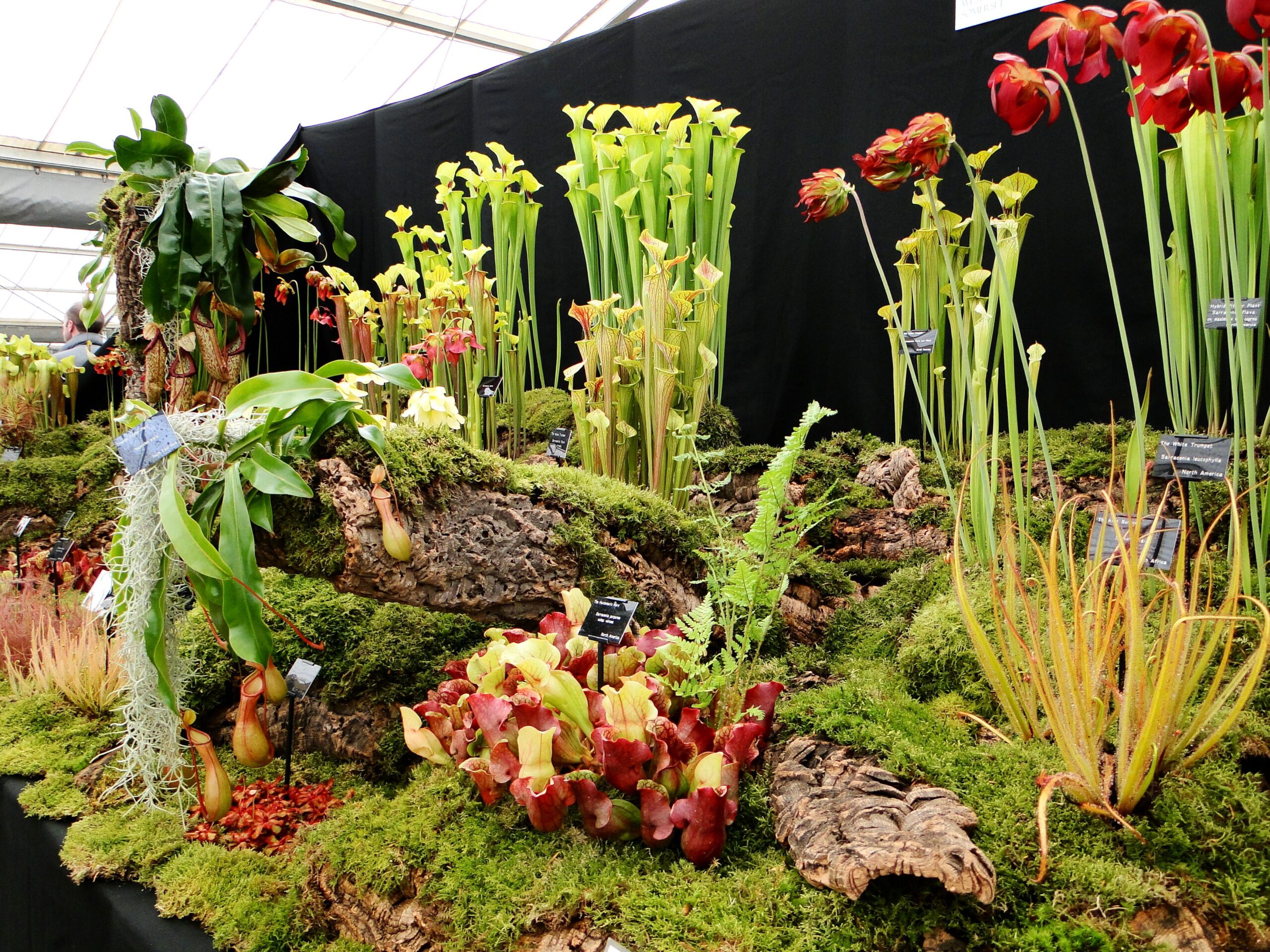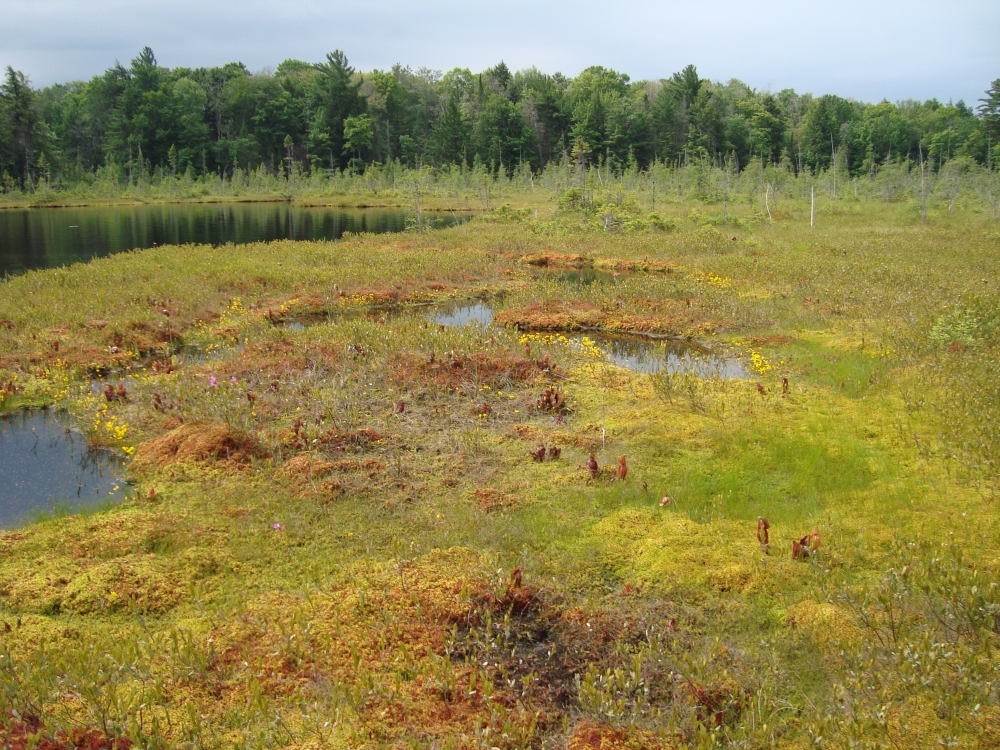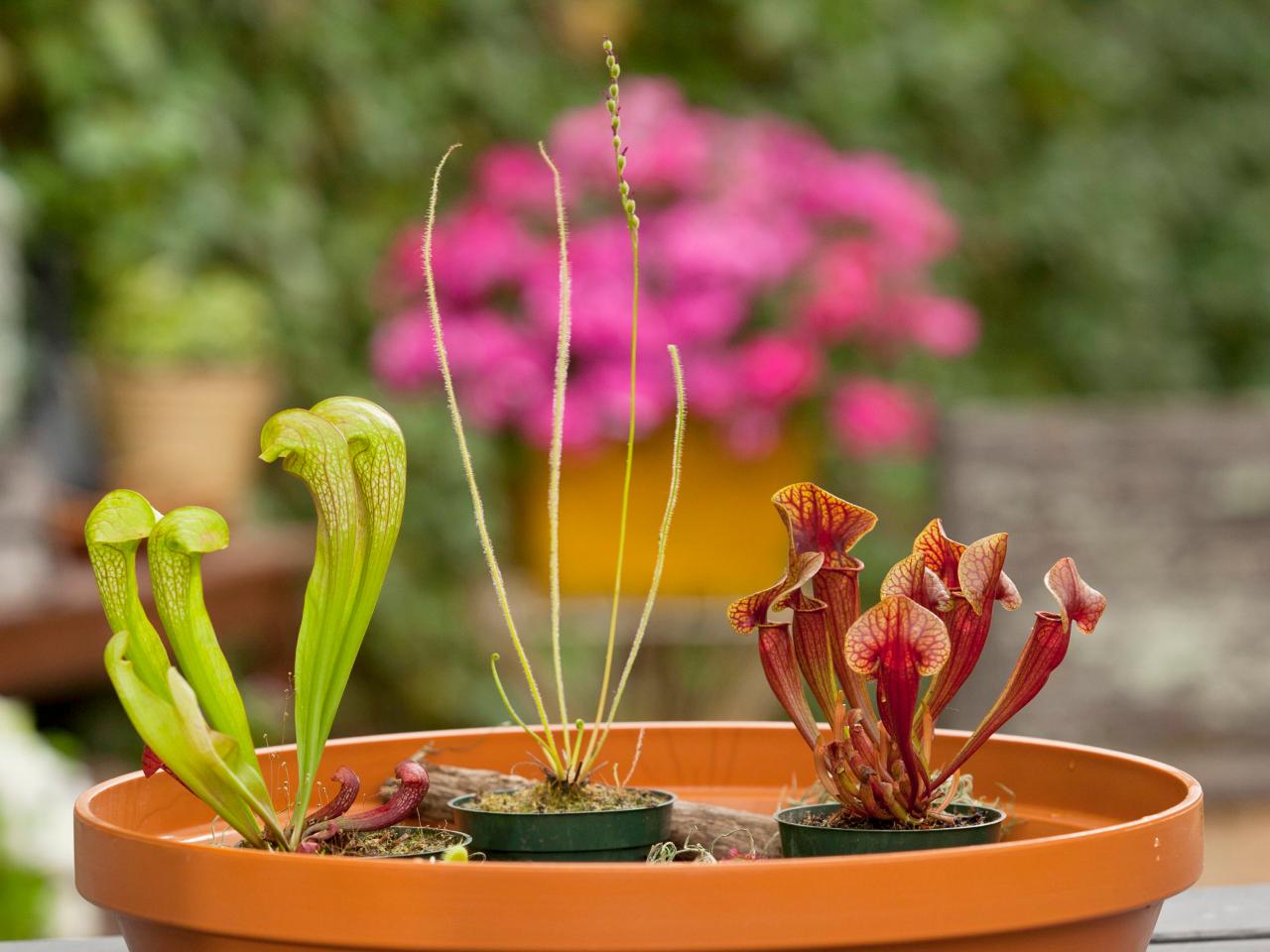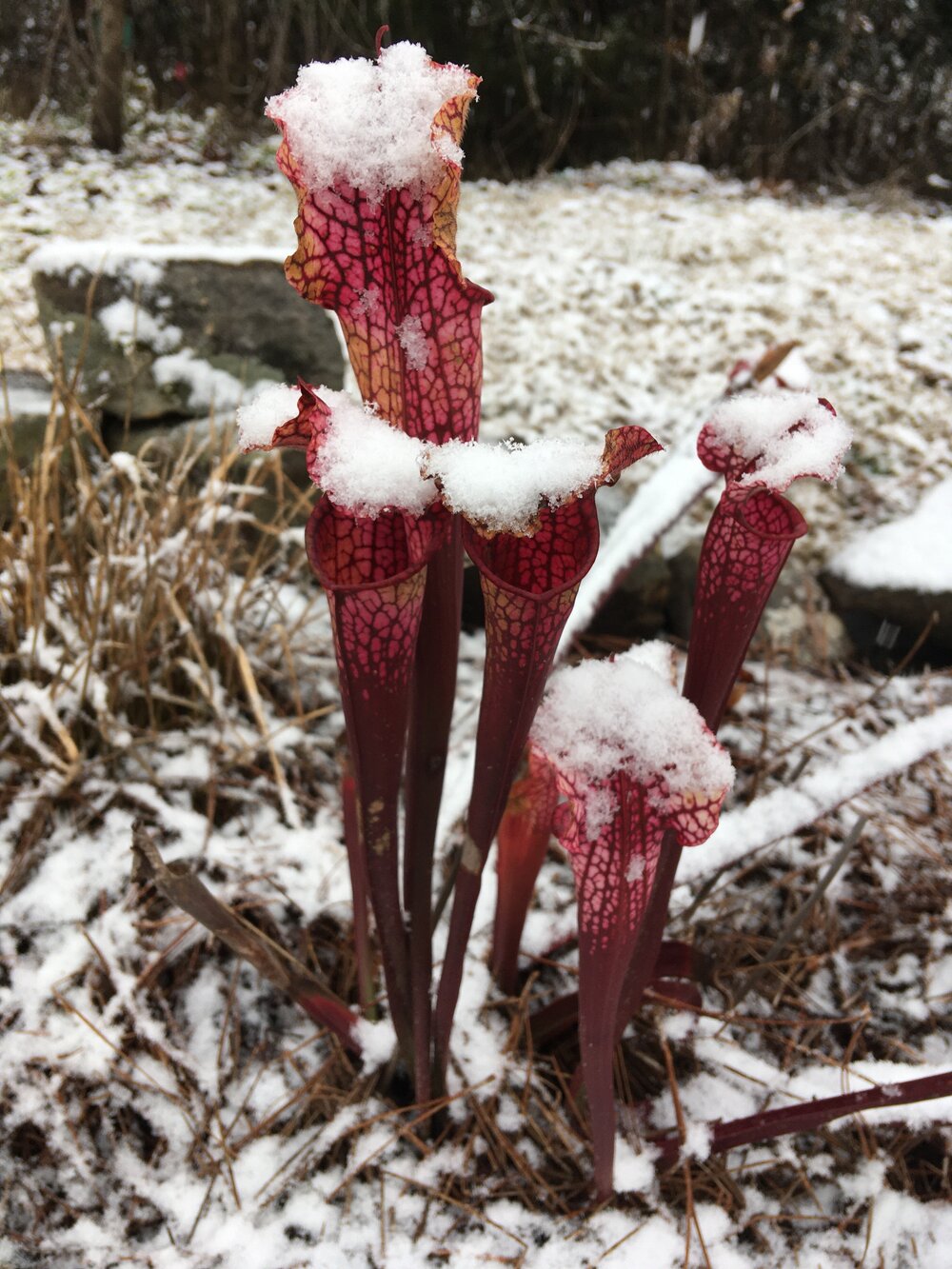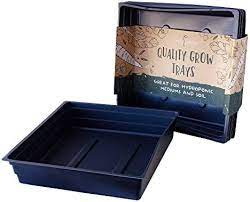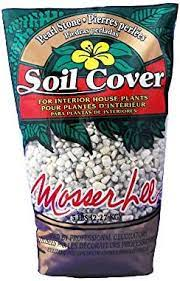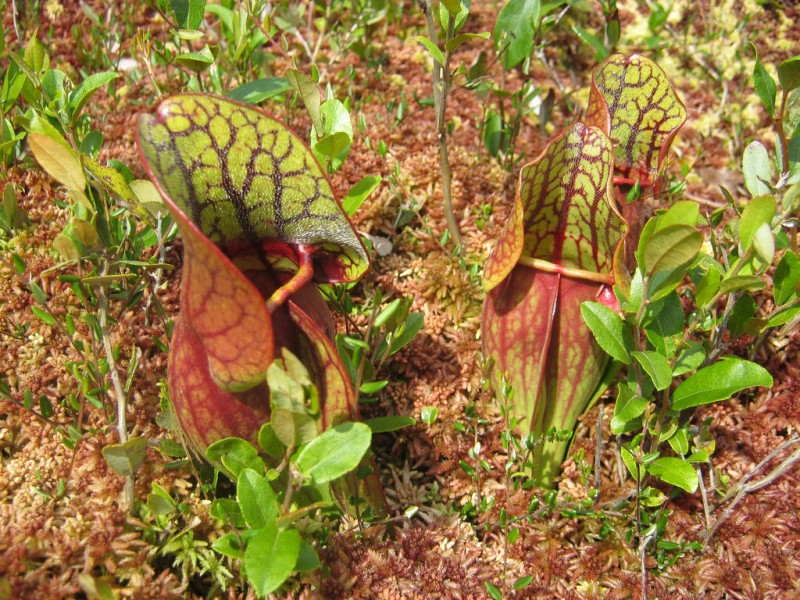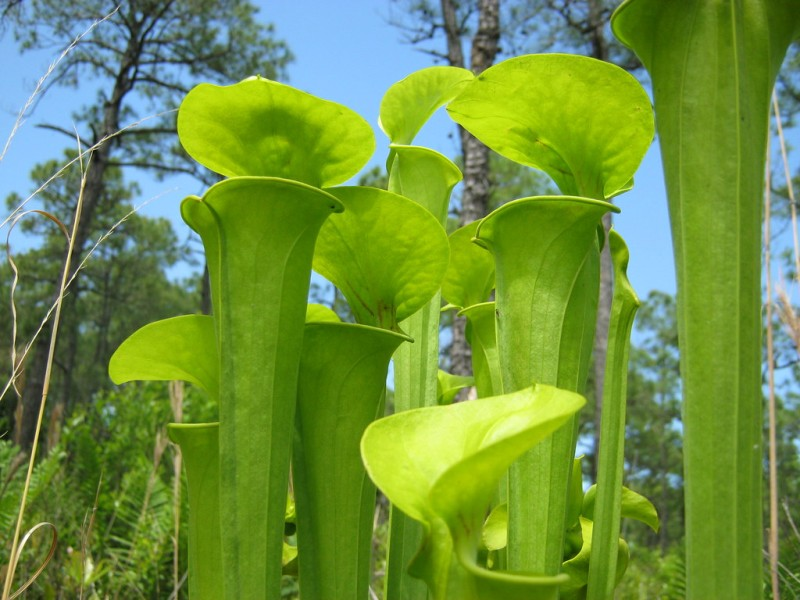Carnivorous Plants Bog Garden
Are you tempted by carnivorous plants like pitcher plants and sundews but unsure of how to grow them? These plants are so cool, but they can only be grown in pots or on artificial bogs. During the season, customers frequently ogle our bog plants but hold back because of their ostensibly demanding maintenance.
But if you set up your very own bog garden, bog plants are not that difficult to care for and their conditions are simple to provide!
The majority of carnivorous plants are found in bogs, which are sunny, acidic, and nutrient-deficient wetlands. In a mini-bog planter, home gardeners can mimic this environment and grow a wide variety of species, including sundews, pitcher plants, and butterworts.
Create an intriguing miniature habitat by adding orchids and other non-carnivorous wetland plants. Your carnivores won’t need to be manually fed because the insects will come to them on their own. Your pitcher plants and flytraps will likely attract houseflies and wasps as prey.
What is a bog for pitcher plants?
A bog is a particular kind of wetland where dead plant material known as peat accumulates over time. Sphagnum moss frequently makes up the majority of peat’s composition of plant materials. Due to the low oxygen content and acidity of the saturated soil, the deposit increases as the sphagnum grows and dies.
The lack of decomposition makes the bog’s moist soil relatively infertile. Bodies of animals and humans have been discovered “mummified” after being buried in bogs for hundreds of years due to the slow rate at which organic materials decompose there.
Although infertile, these bizarre landscapes serve as a home for a variety of animals, fungi, and of course, plants. Some of the most well-known bog-dwelling species include carnivorous plants. By obtaining the majority of their nutrients from insect prey rather than peat, these plants have evolved to survive in these unfriendly environments.
Bogs in the Eastern United States are home to bog plants like bladderworts, common butterwort, Venus fly traps, sundews, and North American pitcher plants (Sarracenia).
But bogs are home to many different nativ plant species. These consist of a wonderful variety of orchids as well as ferns, mosses, horsetails, rushes, sedges, grasses, members of the heath, conifers, gentians, and lilies.
In addition to growing in bogs, cranberries are a member of the Heath family and are simple to grow in artificial bogs. Nevertheless, the possibilities for a bog garden are endless.
Carnivorous Plants
The majority of nurseries and garden centers sell carnivorous plants that are kept moist in small plastic terrariums (terraria?). Try looking online for a supplier who will send you carnivorous plants if you can’t find any for sale locally.
Here are some carnivorous plants that thrive in bogs that you can grow inside:
- Venus fly traps (Dionea muscipula)
- Sundews (from the genus Drosera)
- Pitcher plants (from the genus Sarracenia, Nepenthes, or others)
- Butterworts (Pinguicula vulgaris. I’ve never had any success with these, myself)
Can be bog created?
Simply put, yes! However, we can make bogs in our own backyards even though we can’t effectively recreate natural bogs. In actuality, even the enormous bogs where cranberries are grown are artificial.
Simply put, to create a bog, one creates a pond and fills it with peat and sand rather than water. You can easily take advantage of your bog plants by creating an in-ground bog.
Bog plants can be successfully grown in containers, but maintaining watering and repotting schedules can be time-consuming. Additionally, by building a bog, you can design a bog that is precisely the right size and shape to fit in your garden!
What kind of special care do bog pitcher plant need?
Bog plants need a particular type of soil to thrive, as you now know. The rest of the care is very easy if you can construct that by creating a bog.
Watering
Bog plants require a lot of water because they are not only reliant on high levels of moisture, but also because they are particular about their water needs. Because of the conditions in bogs, the peat filters any water that enters the bog. Additionally, since the peat does not break down into true soil, there are no metals or other minerals in the peat.
Bog plants may therefore be extremely sensitive to minerals like calcium, sodium, and iron. I do not advise using your hose to water your bog because these minerals are frequently found in groundwater (tap water).
Rainwater or distilled water are your best options for water use. If you have a dehumidifier, you can also use its water. Installing some rain barrels might be a good idea if you intend to build a sizable bog that will likely require a lot of additional water.
Keep an eye on the amount of moisture in your bog. Your plants might be killed or forced into dormancy if you let the media get too dry. Bogs are a type of wetland, so the vegetation there needs a lot of moisture.
In the summer, especially during droughts, check frequently. If additional water is required, water gradually to prevent moving your media or plants. You might not need a lot of additional water if your bog is deep enough. For container bog gardens, watering is a major chore. For me, saving time on watering was the biggest benefit of creating an in-ground bog.
Soil
Carnivorous plants definitely are the mightiest of houseplants, but many can only thrive in a soggy, acidic, bog environment. A bog (a wetland environment with nutrient poor, highly acidic conditions) is uninhabitable for most plants.
A layer of topsoil takes thousands of years to develop; soil is a naturally occurring product of the earth. Because they do not naturally grow in soil, bog plants dislike it. They develop in saturated peat instead. We call it media when you create “soil” for gardening out of different organic ingredients.
Peat and sand should be included in the media you use to create a bog. Any garden center will sell peat, but be careful to buy plain old peat moss rather than peat that has pH buffers or added fertilizers. You could use silica sand instead of the all-purpose sand I used, which is available almost everywhere. I wouldn’t use play sand.
In a 4:1 mixture (80% peat and 20% sand), combine the peat and sand. Of course, you don’t have to be exact to the gram in this case; a ballpark figure will do. Make sure to evenly mix the materials, breaking up any large peat chunks.
Winter Care
To protect your plants in the winter, it is advisable to cover your bog garden with a layer of pine needles. Even though many bog plants are winter-hardy natives of Pennsylvania, the conditions in your artificial bog will be different from those in a natural bog during the colder months.
After the trees shed their old needles in the fall, I gather up some buckets of white pine needles and cover my bog with about 6 inches of them. Despite living on the border of zones 5B and 6A, all of my flytraps and pitchers recovered in good condition this spring (Carbon County).
Keep in mind that snow is beneficial. The plants and soil beneath it are protected by it. Don’t feel bad about covering it with more snow; it is one of the most effective forms of defense. Additionally, the bog will absorb the moisture when it melts.
Overwintering plants in an in-ground bog garden is much simpler and more reliable than in containers.
Fertilizing
Harmful and often unnecessary. Avoid them because most fertilizers will kill delicate bog plants. You need not worry about carnivorous plants eating a lot because they are gluttons and do so on their own. You can cut back pitcher plants and dissect the pitchers at the end of the season. You must see it to believe it how much insect matter accumulates in the pitchers.
Light
You must place your mini-bog where it will get at least five to six hours of direct per day, unhindered sunlight.
How to create a simple bog:
- Carnivorous plants: Choose species like that can survive in the conditions of your climate and site.
- Rigid pond liner made of high-density polyethylene that has no drainage hole: One option is a MacCourt 9-gallon black liner, which is available at Lowes or another home improvement retailer. It is 26 inches wide and 7 inches tall.
- This plastic nursery plant pot must have drainage holes and measure roughly 6 inch tall by 10 inches wide.
- 1.5-quart bag of lava rock for gardens
- One cubic foot of sphagnum peat moss in a bag The word “sphagnum” must be used in its entirety on the packaging. Both sweet peat and sedge peat are unacceptable. Nutrients shouldn’t be added to it.
- 40 to 50 pound bag of play sand or horticultural sand Sand from a beach or paving sand should not be used.
- Bag of fibered sphagnum measuring 100 cubic inches Simply put, this is dried sphagnum moss.
- Materials for top-dressing options Try live moss, pine bark, quartz gravel, or pine straw.
Instructions
-
Ensure drainage
Crushed lava rock should fill the bottom two inches of the pond liner to create space for water.
-
Make the Reservoir
Your plastic nursery pot should be positioned in the middle of the pond liner. You’ll keep this pot empty and add soil to the container it’s in. You will fill this pot with water once the mini-bog is finished, and it will gradually drain into the pond liner to water your plants from the bottom. By doing this, top watering is avoided, which can disturb small plants and cause soil compaction. The pot also serves as a bog garden reservoir, which lowers the frequency of watering. When the water level in the pot reaches its lowest point, just refill it.
-
Make the soil mixture
Mix 50 percent sphagnum peat moss, 30 percent horticultural sand, and 20 percent long fiber sphagnum moss, and then add water until the mixture resembles mud to make your growing medium. The soil mixture should be poured into the planter (not the plastic pot).
Build the soil level higher toward the center of the pond liner if your mini-bog will be visible from all angles to add visual interest. Alternately, you could change the depth of the soil and then plant species like that can withstand flooding in the lower areas, like spoonleaf sundew and parrot pitcher plant (Sarracenia psittacina). Plants that are less tolerant of flooding, like Venus flytrap, can be cultivated in higher areas (Dionaea muscipula).
-
Wait
The hardest step is this one. You might require assistance at this time. I apologize to those who lack patience. The time to wait is at this point. I suggest delaying the addition of plants for at least 4 weeks. I am aware that this is painful for all of us. Nevertheless, you can take advantage of this time to do some shopping and assemble a collection of plants that you will add to your bog. Just take good care of them in their containers until you’re ready to put them in your bog.
-
Choose and place plants
You can mix carnivorous plants with other bog-adapted species in your mini-bog. The most important factor to consider when selecting carnivorous plants is cold hardiness. Most American pitcher plants (Sarracenia species), temperate and warm-temperate sundews (Drosera species), and butterworts can all be grown if you live in Zones 7 through 10. (Pinguicula species).
Focus on plants native to the Carolinas and further north if you live in Zone 6, such as trumpet pitcher plant (Sarracenia flava), sweet pitcher plant (S. rubra), and purple pitcher plant (S. purpurea).
The northern subspecies of purple pitcher plant (Sarracenia purpurea subsp. purpurea), round-leaf sundew (Drosera rotundifolia), English sundew (Drosera anglica), and common butterwort are your only options if you live in Zone 5 or colder (Pinguicula vulgaris).
Whatever your climate, there will always be a variety of lovely bog plants to complement your carnivores. One excellent choice that will increase seasonal interest is a succession of orchids. Try the late-summer blooming nodding ladies’ tresses cultivar ‘Chadds Ford’ (Spiranthes cernua var. odorata), followed by the spring to early summer flowering grass pink (Calopogon tuberosus).
Only buy carnivorous plants and orchids from trustworthy dealers and nurseries. The survival of these amazing botanical wonders is threatened by the poaching of wild orchids and carnivorous plants. (See beneath.)
Consider placement once you’ve chosen and purchased your plants. If your mini-bog will be visible from all sides, you might want to terrace down from your tallest species toward the center. Plant your tallest species at the back and shorter plants in the front if it will be primarily seen from one side.
6. Dressing up plants bog
To add realism and shield your plants from the effects of heavy rain, top-dress your mini-bog after you have installed your plants with pine needles, pine bark, quartz stone, or live sphagnum. Additionally, top dressing might shield your plants from scavenging birds and squirrels.
Additional Resources
For more information about carnivorous plants, try:
– The book “The Savage Garden,” by Peter D’Amato
– The United States Botanic Garden’s website devoted to carnivorous plants
– The North Carolina Botanical Garden’s website
